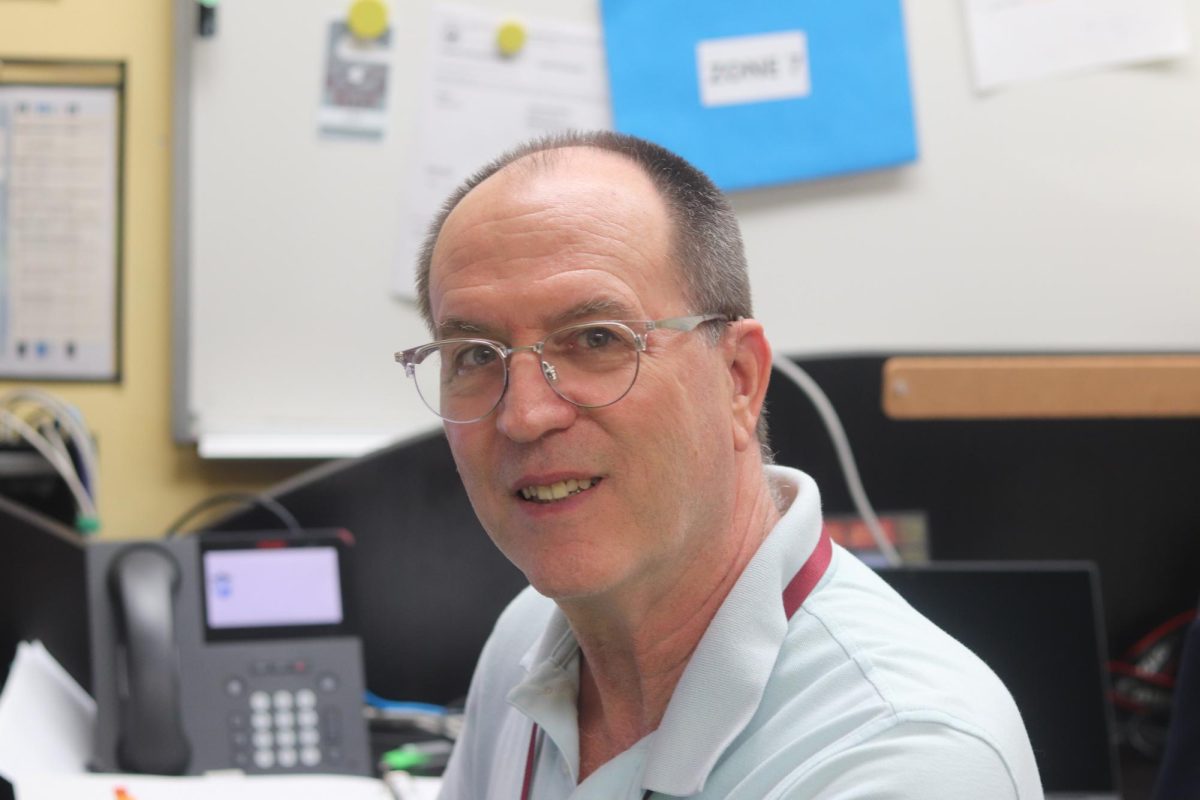
Alcohol is one of the most commonly used and abused drugs among youth in the United States. As a result, underage drinking is a leading health problem in this country.
According to the National Institute on Alcohol Abuse and Alcoholism, each year, approximately 5,000 young people under the age of 21 die as a result of consuming alcohol; this includes about 1,900 deaths from motor vehicle crashes, 1,600 from homicides, 300 from suicide, and hundreds from other injuries such as falls, burns and drownings.
Many instances that influence teenage drinking come from all sides of the social spectrum. The pressure to drink from certain family members and friends is prominent in a teenagers life, as well as social media posts displaying red solo cups or a game of beer pong from their peers.
“Sometimes when I see my friends out partying and posting about it, I feel like I’m just missing out on the experience and memories I could have made,” junior *Jane said.
Social media often portrays drinking as a party-enhancer and an important part of being a teenager with most teens having witnessed their peers posting their late night endeavors online. Certain celebrities also boast online about how expensive their drinks are and even advertise different brands of alcohol via Instagram, Snapchat and Twitter. A prime example of this would be DJ Khaled who has been the face of Ciroc premium vodka since 2016. Through his Snapchat alone, he gains 3 to 4 million views. From daily affirmations to boasting about his lavish lifestyle, he insinuates a vision of wealth. By advertising an alcohol brand to millions, including teens and adults, Khaled connects alcohol and the consumption of it to wealth and success.
The probability of teens stumbling upon an ad promoting an alcoholic brand on social media is very likely, even if it is not solely targeted towards their demographic. Research published in the September 2016 issue of the Journal of Studies on Alcohol and Drugs discovered that teens today believe ads have a significant influence on their desire to drink specific alcoholic brands rather than drinking in general.
The main strategy these companies use to promote alcohol consumption is by normalizing daily alcohol use and glorifying binge drinking. Constant exposure to these types of ads allows for an increase in alcohol addictions and cravings. Studies on the effects of alcohol advertising on children have found that alcohol ads can significantly increase teens’ positive expectancy when first experimenting with alcohol. Alcohol advertising targeted at young adults has been found to increase the likelihood of teens continuing to drink as adults.
For years, movies, television shows and music videos have depicted glamorized scenes of underage drinking. The classic 80s movie “Sixteen Candles” is a prime example, depicting scenes of tipsy or blacked-out teens at a high school house party thrown after a school dance.
The glorification of illegal alcohol consumption has lethal results. Throughout prom and homecoming seasons, teenagers are informed of the constant risks and dangers. At Marjory Stoneman Douglas High School, a wrecked car is usually displayed between the gym and the 1300 building as a visual representation of those dangers and the lives lost due to drunk driving.
Despite these daunting warnings, 24% of MSD students report having been present in a car with a driver under the influence, according to a survey of 381 MSD students.
“I had no other ride home one night, so it was my only option. They were speeding and weren’t paying as much attention to the road as they should have been. I’m just happy I made it home safely, and never will I get in the car with someone under the influence again,” junior *Jane said.
Teenage drinking has proliferated partly due to modern technology, which allows teenagers to use social media to plan and advertise elaborate parties. With one post, hundreds of teens can have information on a party location, entry cost and what alcohol is available. Profits can be made for both those hosting these parties and the people who supply the alcohol. This method proves to be very effective, especially since it is giving a large population of teens who are unable to obtain alcohol freely and legally, a place to do so.
Even with the legal drinking age set at 21, in 2002 and 2003, “there were approximately 7.2 million persons under the legal drinking age who drank alcohol,” according to an article by Cleveland Clinic.
Without alcohol, some teenagers consider parties not worth attending. Some may even say they cannot party without the presence of alcohol in their system. Consuming large quantities of alcohol in a single sitting, or “binge drinking” is most common in a party setting. It is considered a dangerous, yet preventable, public health issue and is most common among young adults.
“I don’t see the point in going to a party if I’m not drinking. It’s not fun to be sober when everyone around me is drunk and high. I want to be on the same level as everyone and have just as much fun if not more,” senior *John said.
Alcohol is classified as a depressant, meaning that it slows down the function of the central nervous system. Those under the influence tend to make decisions they would later regret. These consequences can be long term and can even be lethal. One result includes academic and social issues such as an increase in daily absences, failing grades and a lack of participation in extracurricular activities. Additionally, when drinking, teens are more likely to engage in unprotected, non consensual sexual activity, leading to another youth epidemic: teen pregnancy. The risk of contracting an STD rises as well.
The early halt in sexual and hormonal development tends to catch up to those who start drinking at a younger age. Heavy and extended alcohol abuse is accountable for a 10 percent reduction in the size of the hippocampus, which is responsible for the memory and learning function of the brain. The lower the age of the drinker, the worse it gets. As these teens reach addulthood, they could struggle more with memory and making healthy decisions.
“There’s a lifetime for teens to make adult choices, and I don’t think those are the choices that they should be making because of how detrimental it can be to a young person’s overall health,” assistant principal Daniel Most said. “As both a parent and school administrator, I hope all MSD students make good choices considering the risks involved [with underage drinking].”
Though there are certainly health risks, the legal consequences can be just as damaging. The acts of possessing alcoholic beverages when under 21, lying about one’s age to obtain alcohol and having a house party where alcohol is consumed by those under 21 are all illegal.
In Florida, the consequences on a first offense involves a fine of up to $500, a mandatory class on alcohol addiction treatment, 8 to 12 hours of community service and a 30 day suspension of license, if the minor has a driver’s license. Underage drinking and driving, as well as obtaining and using a fake ID, have much more serious and possibly permanent legal consequences.
Though data shows that underage drinking is on the decline, trauma can raise the risks of misuse of alcohol, and so many students at MSD are at risk. And though this issue can be detrimental to one’s health, it is important to recognize that there are methods to recovery and resources for prevention.
Since mental health and mental illness is a major factor in alcohol abuse, it is important to understand that students have resources to reach out to. Informing one’s pediatrician or primary care practitioner can be an important step towards education and recovery, learning the consequences of drinking and how to drink responsibly. Furthermore, online resources such as the National Institute for Alcohol Abuse and Alcoholism and the American Society of Addiction Medicine can give more information on how to responsibly drink.
According to the CDC, community-based prevention is one of the best ways to decrease underage drinking. This effort is a combination of parental guidance, community enforcement and media campaigns targeted at young adults. The Broward County Youth Coalition is one of manysuch prevention groups. They are a group of young adults working to educate other students on healthy habits and hoping to prevent them from abusing alcohol or drugs.
The State of Florida also funds prevention programs, including the Too Good For Drugs program, the Alcohol Literacy Challenge and Active Parenting Now. Programs like these target young students to educate them on the risks of underage drinking from an early age and work to destigmatize alcohol use in teens. *Names indicated were changed to protect the students’ anonymity
This story was originally published in the May 2019 Eagle Eye print edition.


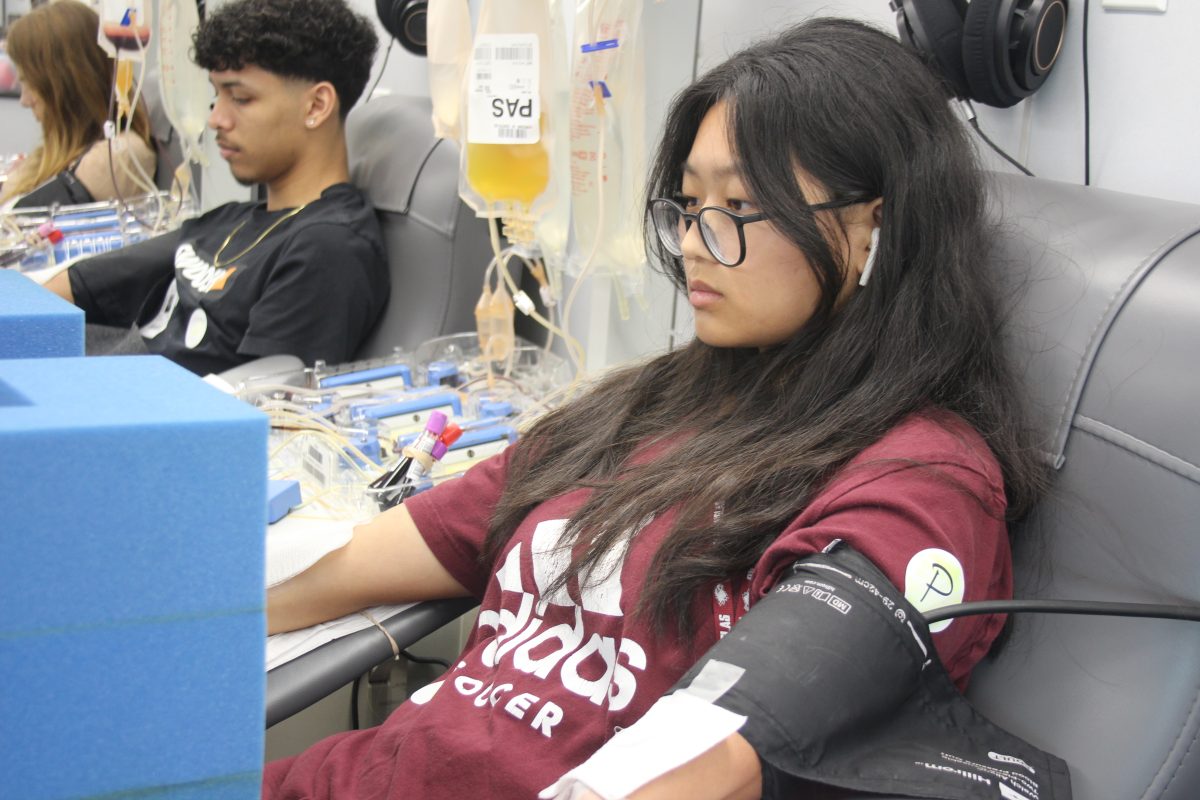









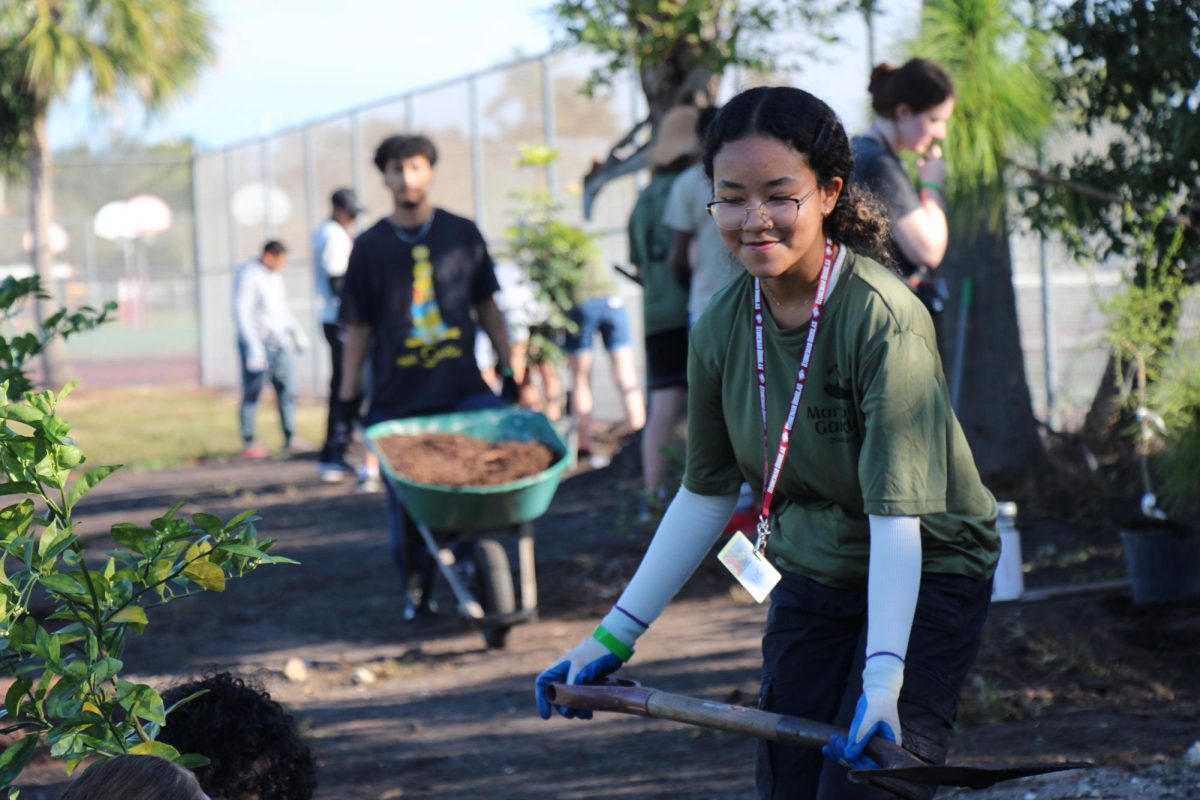


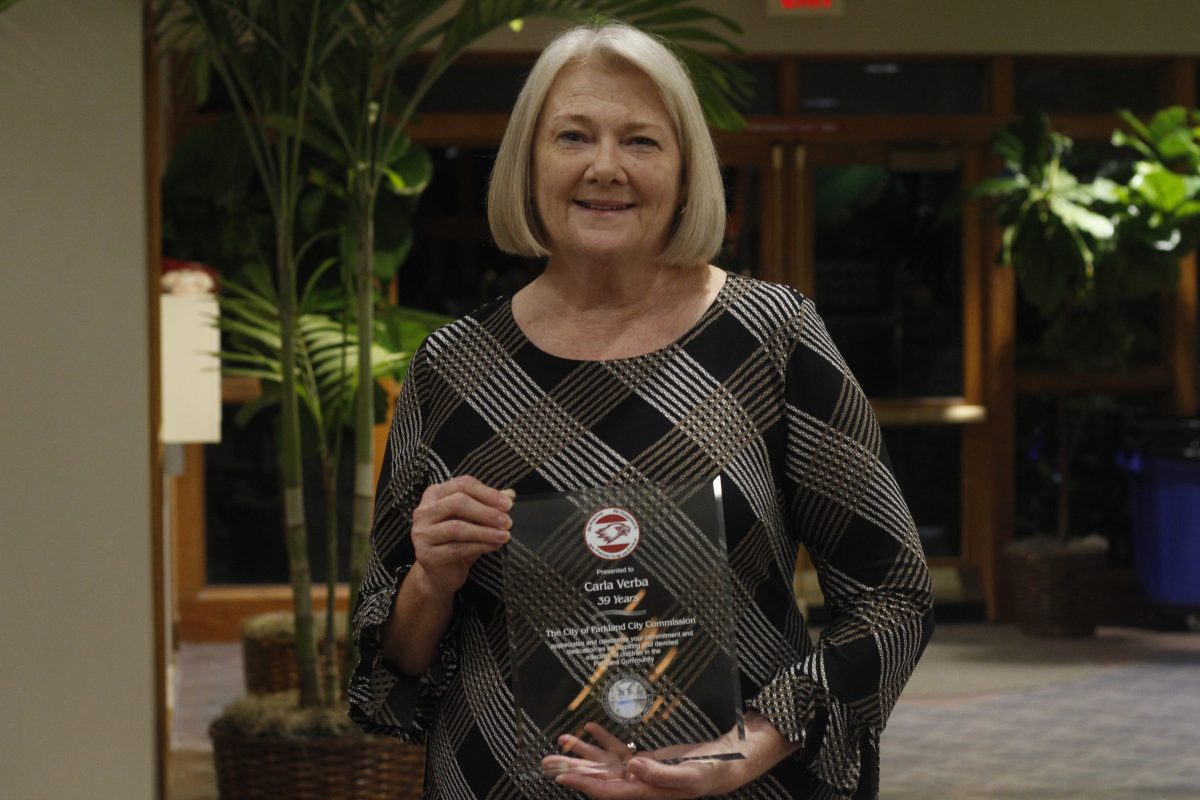
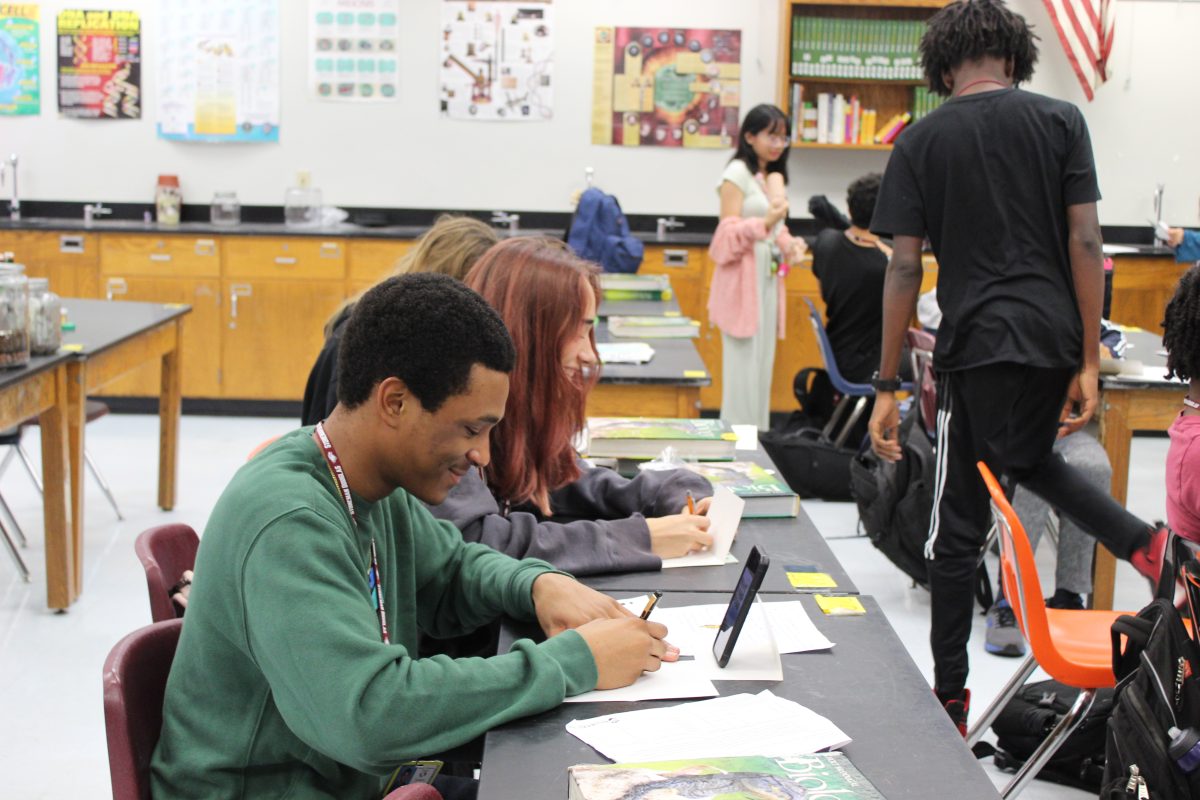
![(left to right) Seniors Stephanie Bilsky and Gracyn Haynes sport the DECA symbol, a triangle, at their first career fair, hosted on Dec. 6, 2023. The career fair had 12 business for students to explore and ask questions about. What we wanted to do is just take what weve learned [in DECA] and expand it to those students who arent enrolled in this class and dont have access and then just kind of take it to the community and allow students to discover their future as well, Haynes said.](https://eagleeye.news/wp-content/uploads/2024/01/9n9MEiC72JCfrptYKrZhoKhKscuboBiEju33GYeA-1200x800.jpg)
